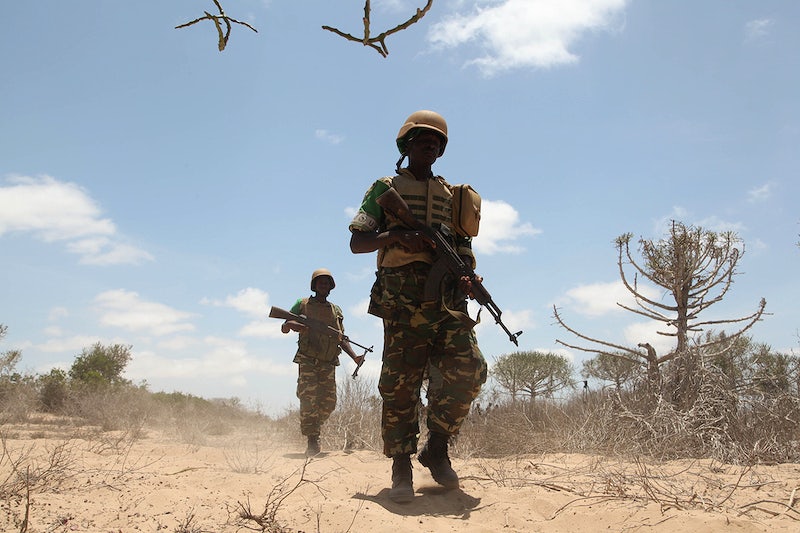By Jack Pluth, Staff Writer
The authorities of Nagorno-Karabakh, a non-internationally recognized state consisting of a majority ethnically-Armenian population, surrendered their armed forces and government to the military of Azerbaijan.
The Azerbaijani military entered the breakaway state and ultimately succeeded in forcing a capitulation by the de facto government, resulting in a death toll in the hundreds.
After the surrender and Azerbaijan’s military taking control of Nagorno-Karabakh, also known as the Republic of Artsakh, Azerbaijan officials met with representatives of the pro-Armenian enclave to discuss the future of the residents there under new rule. The Armenian government said that more than 28,000 refugees had crossed into the country from the enclave since local forces surrendered.

The meeting, which occurred in the town of Yevlakh, was described by the Azerbaijani administration as having been held in a “constructive and positive atmosphere” but did not immediately yield results.
Armenian Prime Minister Nikol Pashinyan noted that Armenia is ready to host displaced people affected by the surrender. He said accommodations had been prepared for tens of thousands of people, although he saw “no direct threat” to Karabakh’s ethnic Armenians. The region is home to approximately 120,000 ethnic Armenians.
Yesterday, a fuel depot blast in the breakaway region killed at least 68 people and injured hundreds more. The cause of the explosion has not been made immediately clear, but the region has faced a fuel shortage following a months-long blockade.
“Nagorno-Karabakh is part of the legacy of the unresolved issues which remain over 30 years after the breakup of the Soviet Union,” Father James McCann, S.J., a Jesuit scholar and international politics professor at Xavier, said.
The surrender of Nagorno-Karabakh comes as the conclusion to a more than 30-year long conflict between Armenia and Azerbaijan following the dissolution of the Soviet Union. In the early 1990’s, Armenia and Azerbaijan clashed over control of areas consisting of ethnic Armenians.
This first conflict resulted in Armenia gaining a vast amount of territory internationally recognized as being land within the borders of Azerbaijan. The two nations held tenuous peace which eventually fell apart.
In 2020, a second war broke out between Armenia and Azerbaijan, this time with the latter retaking much of the territory they had lost. While Armenia lost several cities in this war, one of the greatest impacts came from the isolation of Nagorno-Karabakh.
With Nagorno-Karabakh surrounded on all sides by Azerbaijani forces, a blockade of the region began in Dec. 2022, eventually giving way to military incursions from the former in late 2023.
Nagorno-Karabakh then surrendered to Azerbaijani forces, ending its existence as a semi-independent state. Armenians took to protesting in the streets of their capital, Yerevan, against a refusal to take action to reinforce Nagorno-Karabakh by their government.
Russian army peacekeepers have also aided in relations between the region and Azerbaijan, and are present on behalf of Armenia, a member of the Russia-led Collective Security Treaty Organization.
“Russia’s peacekeeping (efforts) promises obviously fell short,” McCann said.
Armenia’s increasingly close ties to the United States have reflected the disparities in Russia’s peacekeeping action. Armenia and the U.S. participated in joint military exercises between the countries last week.
There have been several reports of Russian soldiers coming under fire and being killed by Azerbaijani forces, during their evacuation of the region. The current death toll stands at five confirmed Russian soldiers killed in action from Azerbaijani fire, as well as a single loss due to Armenian action.













You must be logged in to post a comment.